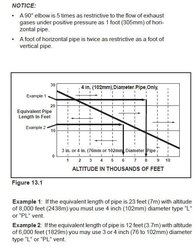Is it possible to have too much draft? I have a 3 inch round 17 feet long chimney liner.
I remember someone saying that their heat output is around 300 degrees. I have a thermometer in my vent and it is reading 185. That is with the stove running on Auto MH.
Besides the low output reading, another thing that makes me think I may have too much draft is that even with a setting of -5 the flames will wrap over the top as if they are getting pulled.
Thanks in advanced.
John
I remember someone saying that their heat output is around 300 degrees. I have a thermometer in my vent and it is reading 185. That is with the stove running on Auto MH.
Besides the low output reading, another thing that makes me think I may have too much draft is that even with a setting of -5 the flames will wrap over the top as if they are getting pulled.
Thanks in advanced.
John



